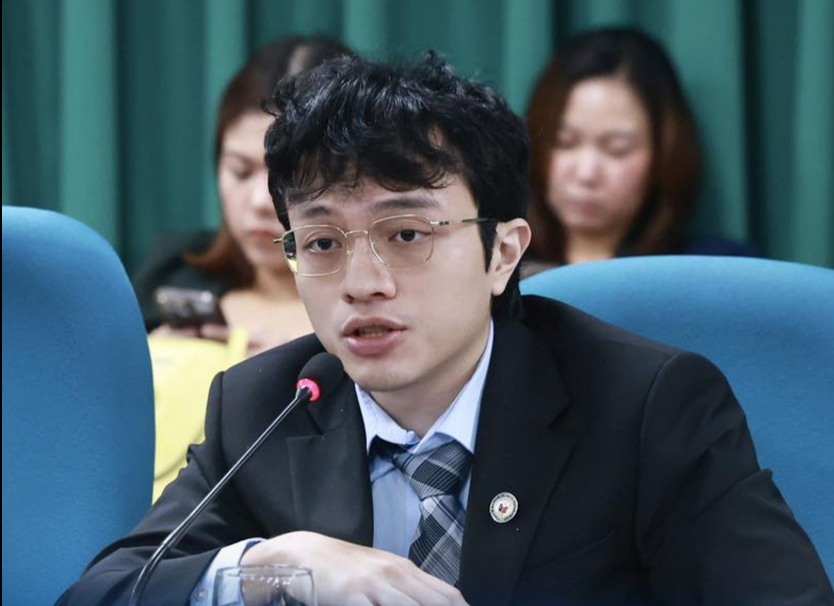The broadband and connectivity in the Philippines remain a mixed bag of progress and challenges. Despite improvements in internet speed rankings, many Filipinos still face expensive, unreliable, and inaccessible connectivity—particularly in rural and remote areas. While tasked with transforming the country’s digital landscape, the Department of Information and Communications Technology (DICT) continues to grapple with bureaucratic inefficiencies, limited funding, and a lack of cohesive long-term strategies. The situation underscores the urgency for the government to prioritize digital infrastructure as a cornerstone of national development.
The DICT has made notable strides with its National Broadband Plan, including the National Fiber Backbone rollout. This ambitious project aims to connect government offices, public schools, and underserved areas to high-speed internet. While Phase 1 of the initiative has progressed, Phases 2 and 3—intended to cover southern Luzon, Visayas, and Mindanao—are only set to begin later in 2025. This timeline, while promising, feels insufficient given the pace of technological advancements globally.
Complementing this is the government’s Free Wi-Fi for All program, designed to provide free internet access in public spaces. However, the program’s reach remains far from universal, with numerous complaints about slow speeds and frequent disconnections. The Cybercrime Investigation and Coordinating Center (CICC), also under the DICT, is another critical component of the government’s digital initiatives, focusing on cybersecurity and cybercrime prevention. Yet, despite receiving significant funding, the CICC has been criticized for its lack of transparency and measurable outcomes.
The government has allocated ₱357 million in the 2025 Cybercrime Prevention, Investigation, and Coordination Program budget. This investment aims to bolster cybersecurity infrastructure, improve the capacity to investigate cybercrimes and enhance digital skills across public institutions. Meanwhile, the World Bank-backed initiative to improve climate-resilient broadband connectivity offers hope, with the potential to impact over 20 million Filipinos. Additionally, collaborations with private telecom providers, such as PLDT’s expansion of fiber services and Smart’s 5G rollout, highlight the private sector’s critical role in complementing public sector efforts.
While these programs demonstrate intent, their execution remains the Achilles’ heel. For instance, the implementation of the National Broadband Plan has faced delays due to procurement issues and local government coordination problems. Similarly, despite the promising potential of public-private partnerships, the government must enforce stricter policies to ensure that services reach the most underserved populations.
The Philippines cannot afford to lag in the global race for digital transformation. Robust digital infrastructure is not just about faster internet; it is the backbone of economic growth, education, healthcare, and public service efficiency. The government must prioritize funding, fast-track key initiatives, and cut red tape to bring these plans to fruition. Moreover, it must hold its agencies accountable for delivering tangible results. A nation that invests in its digital future empowers its citizens, attracts foreign investments, and secures its place in an increasingly digital world. Let 2025 be the year the Philippines takes its rightful place as a leader in Southeast Asia’s digital revolution.
Although I wouldn’t hold my breath, let’s see if the DICT will finally get its act together this year.
—————
Rafael “Raffy” Gutierrez is a veteran Technology Trainer with over 25 years of experience in networking, systems design, and diverse computer technologies.




